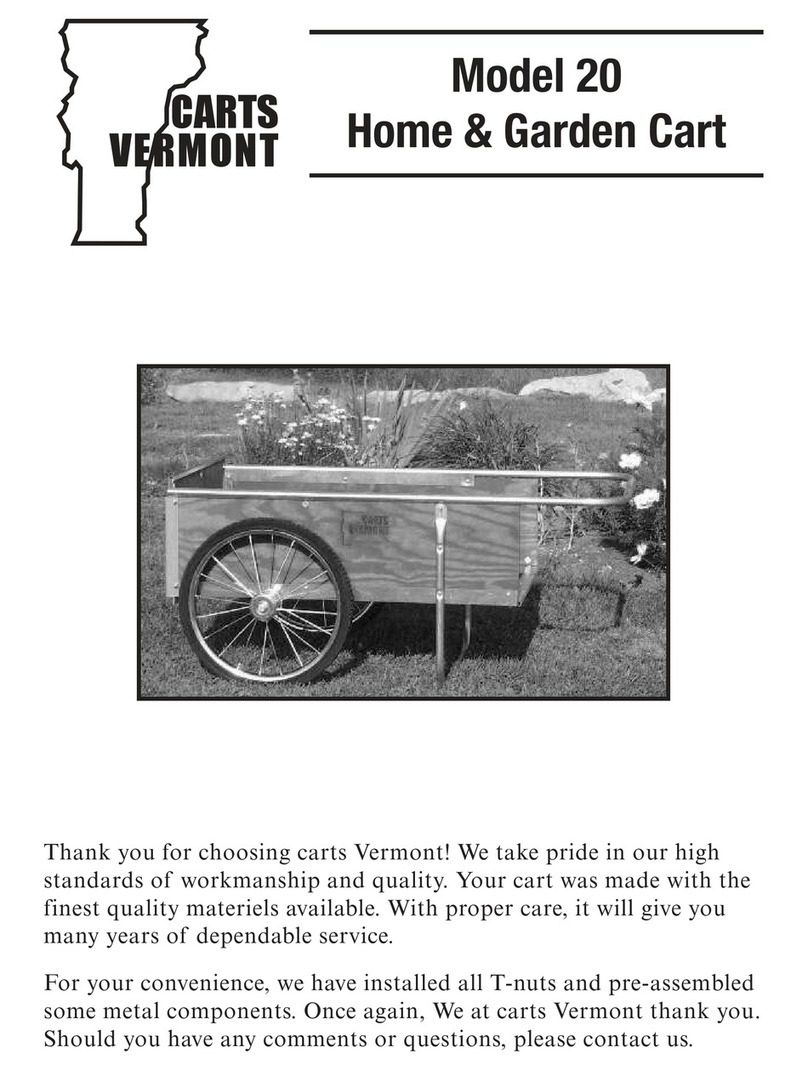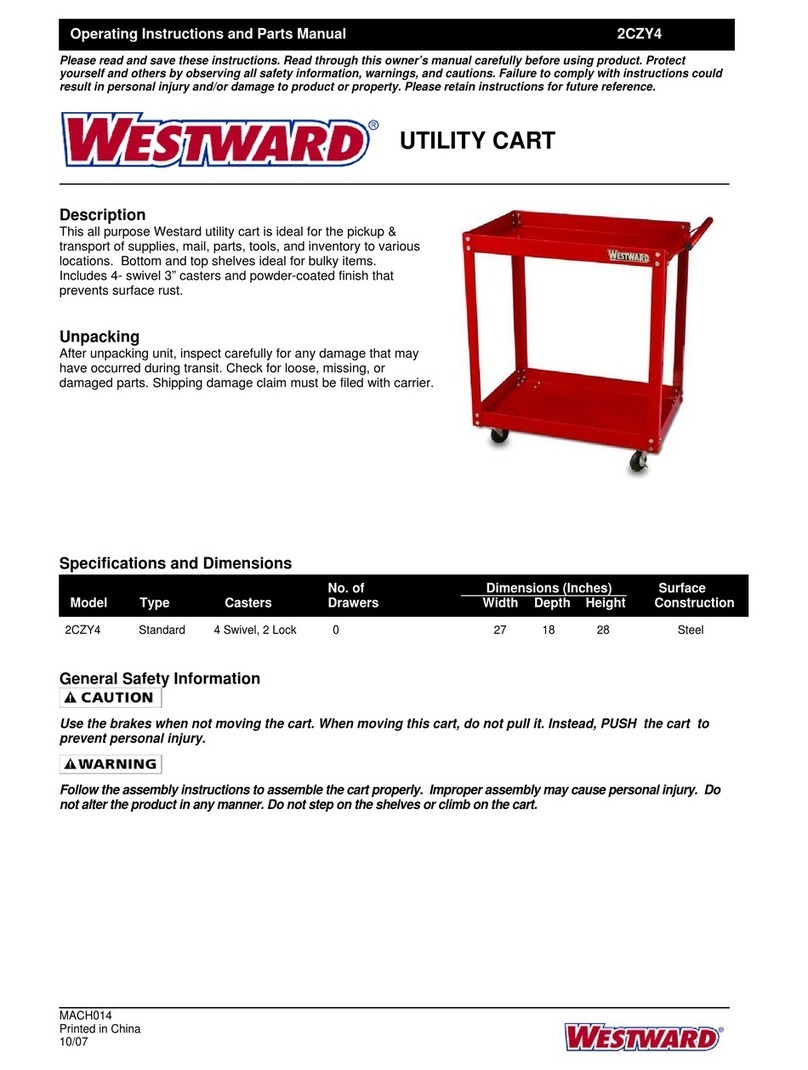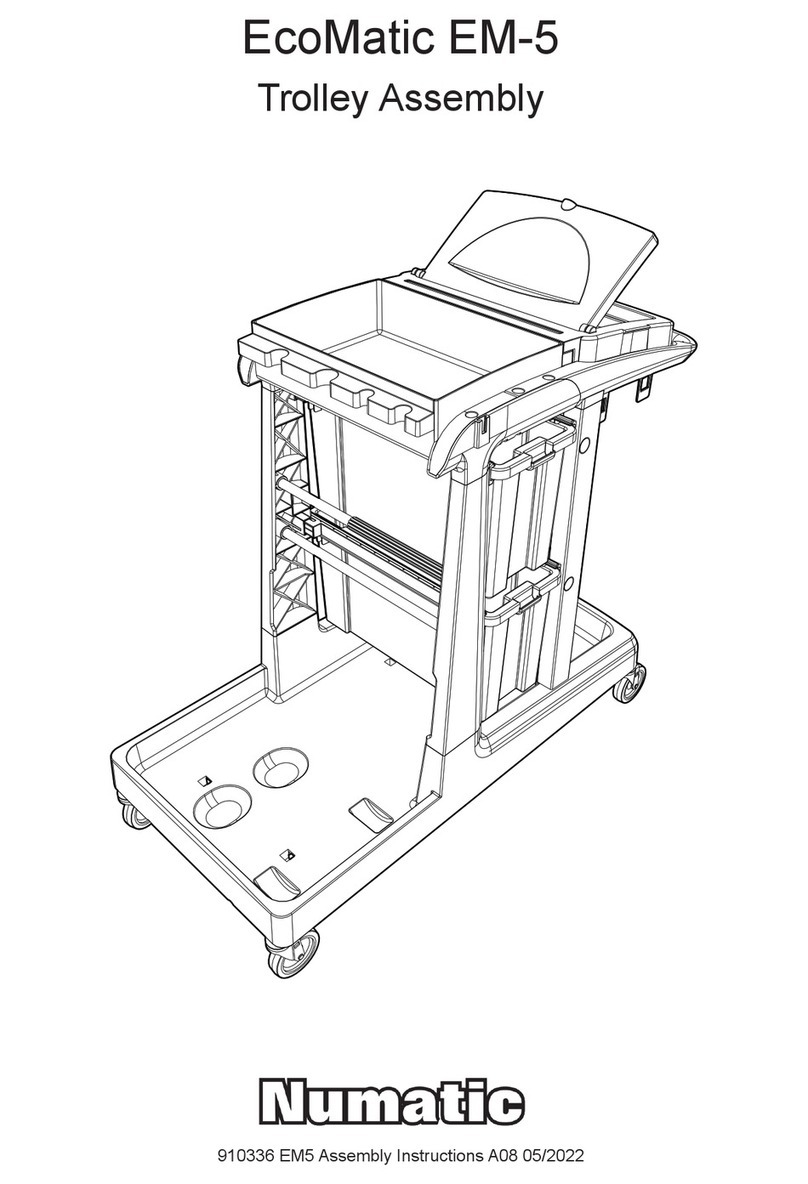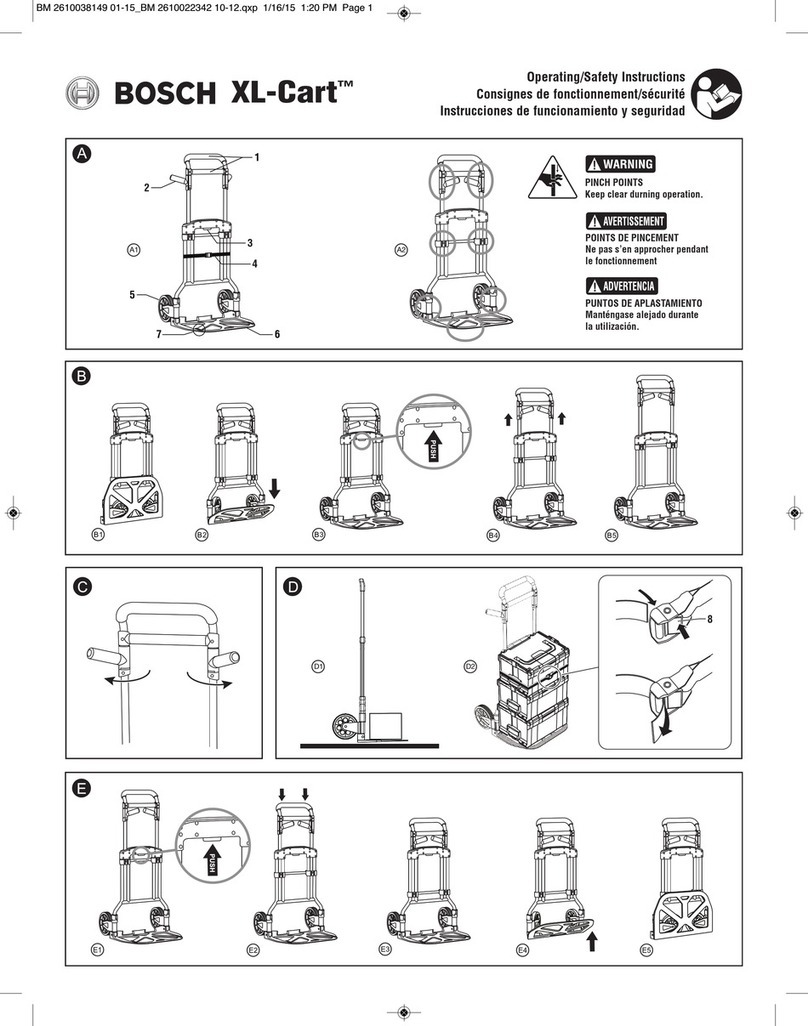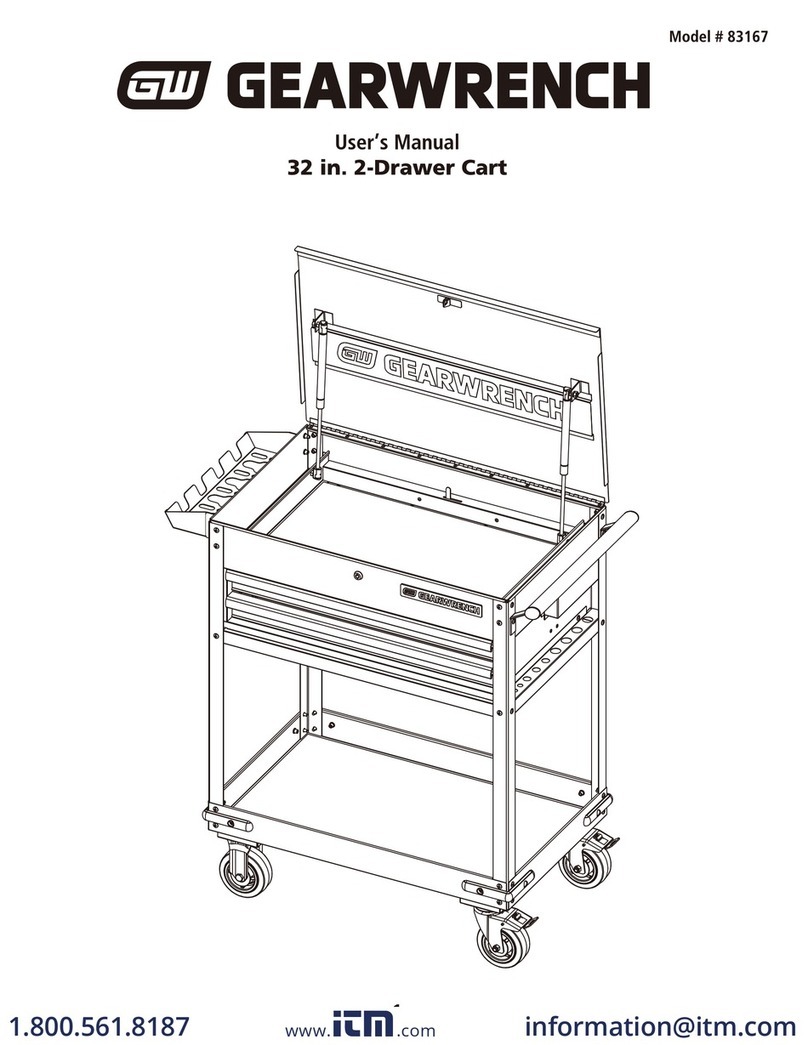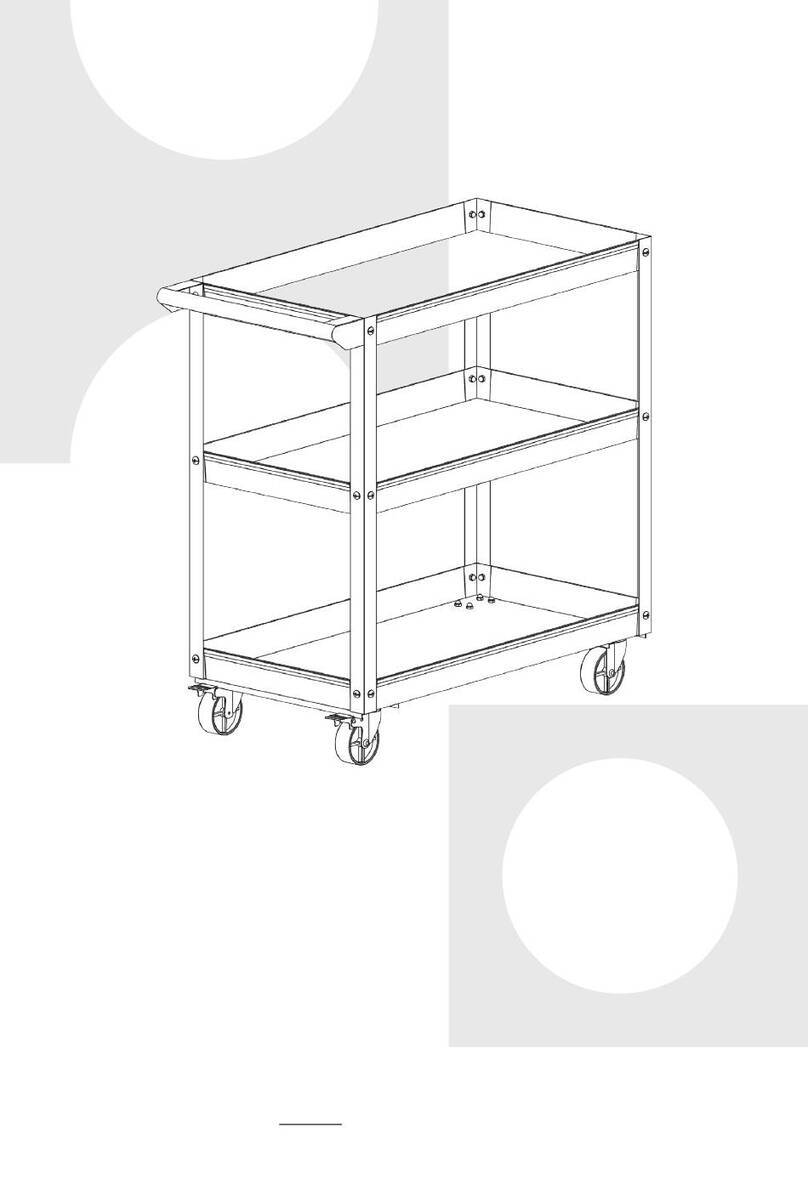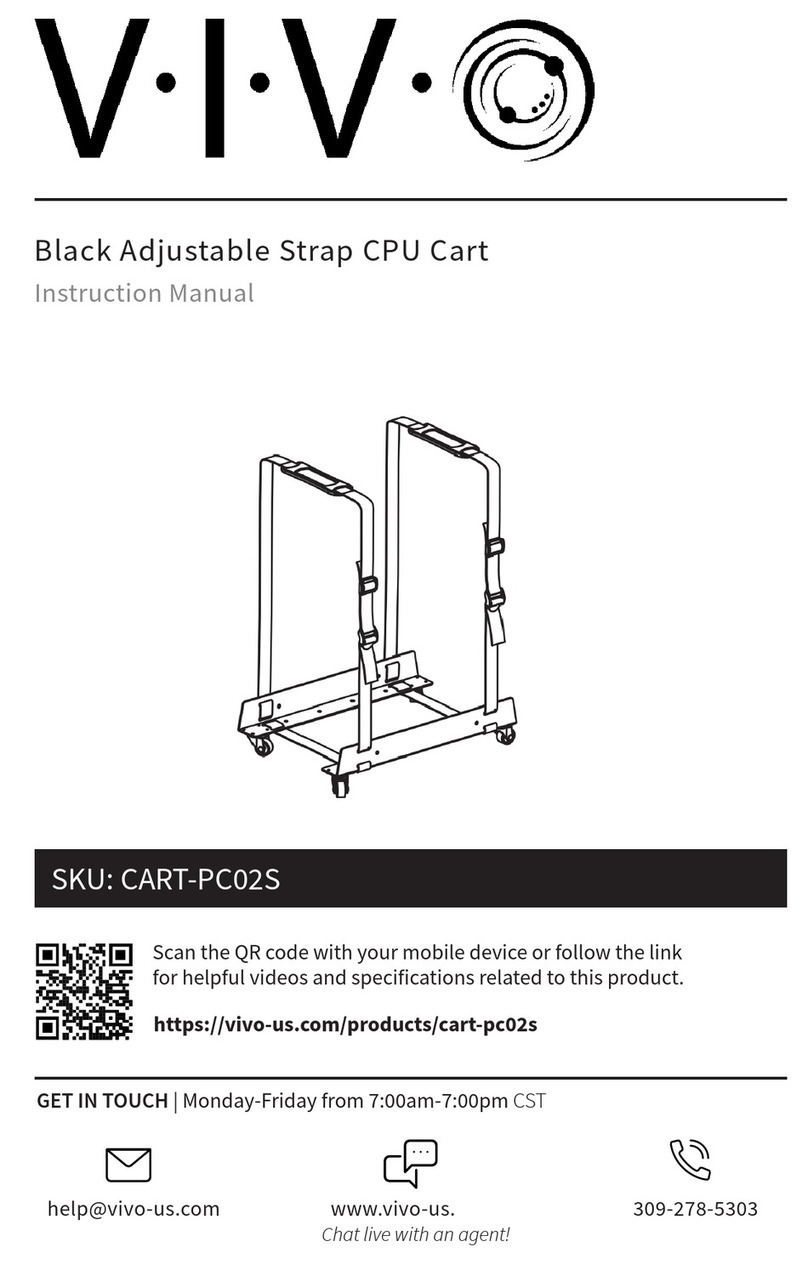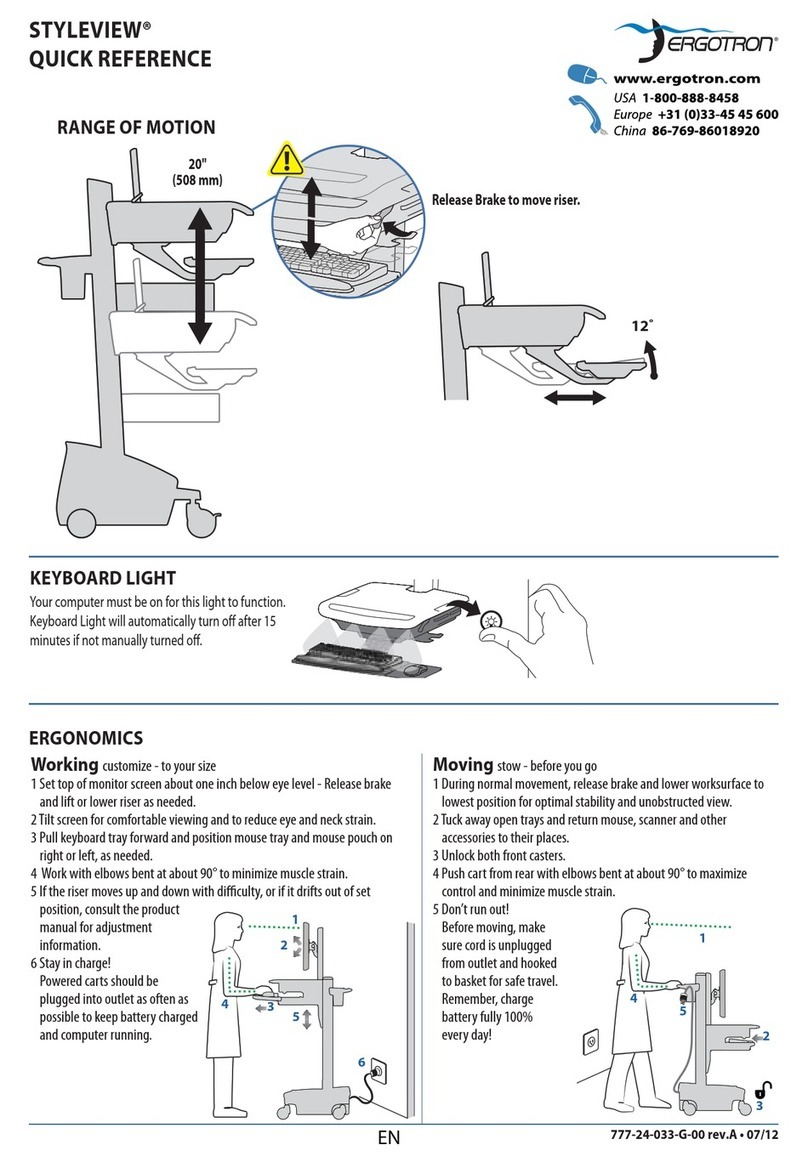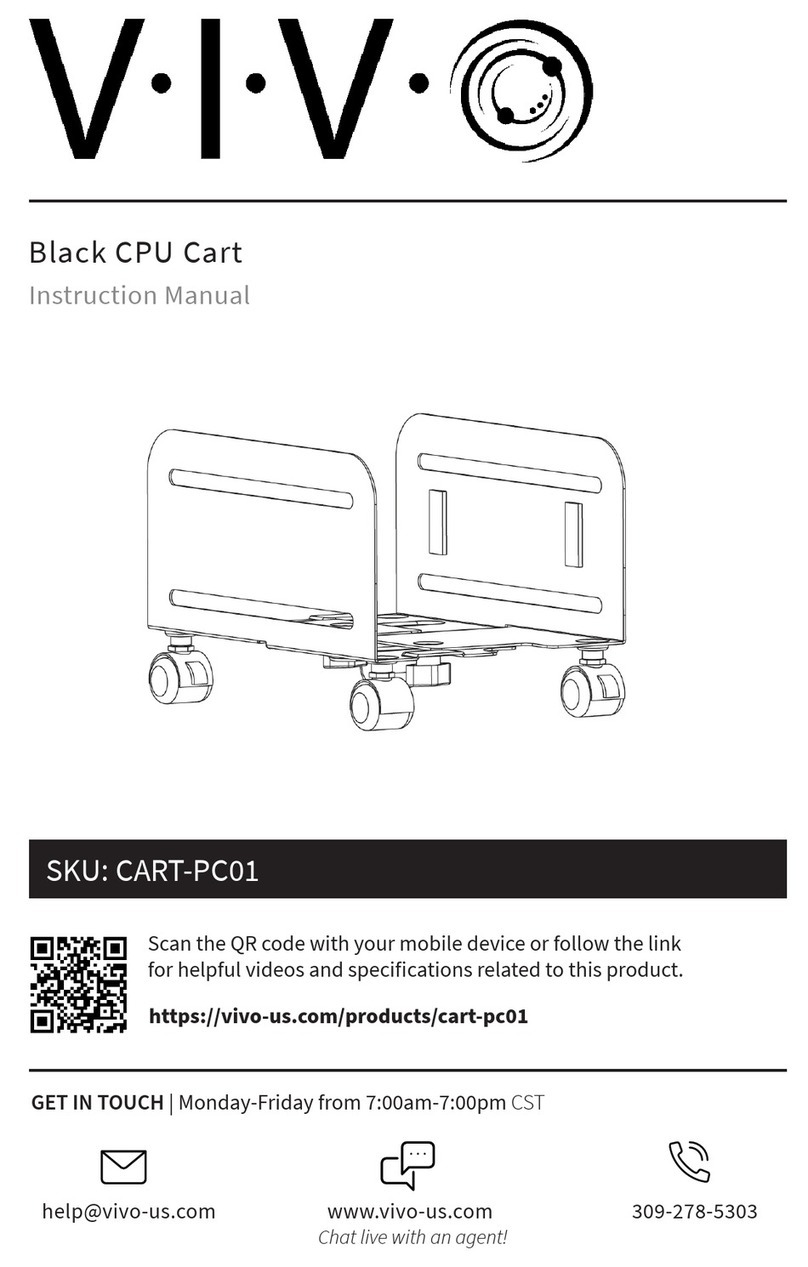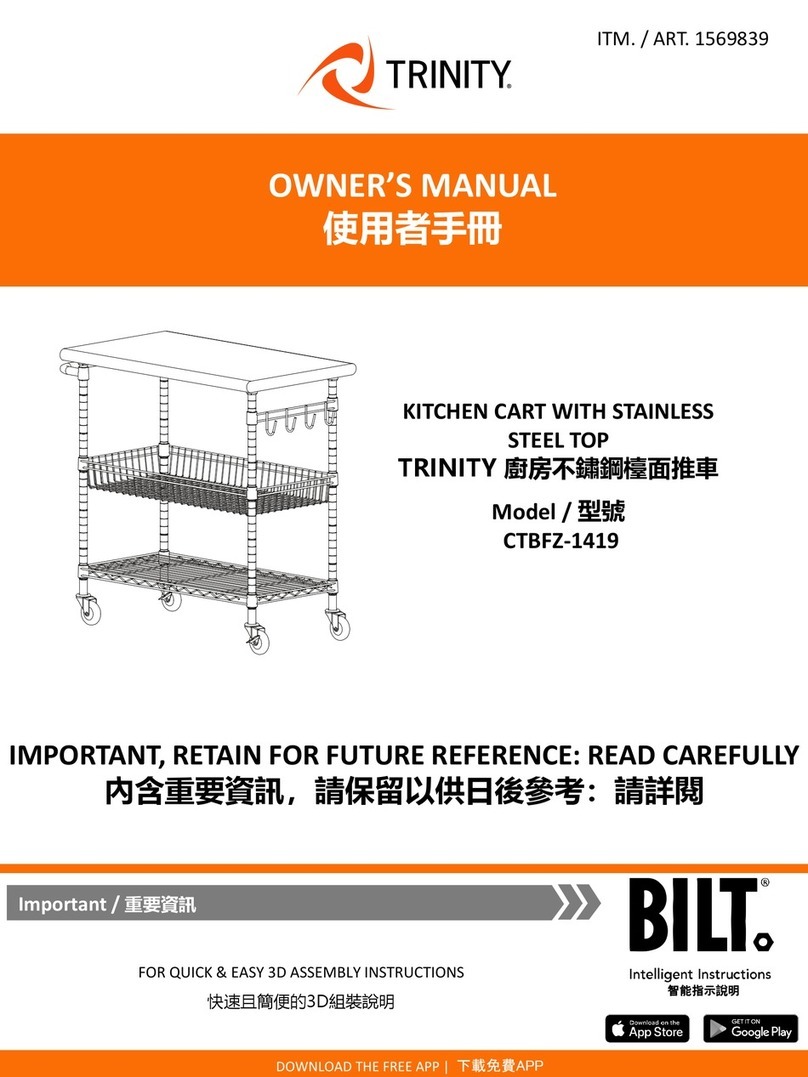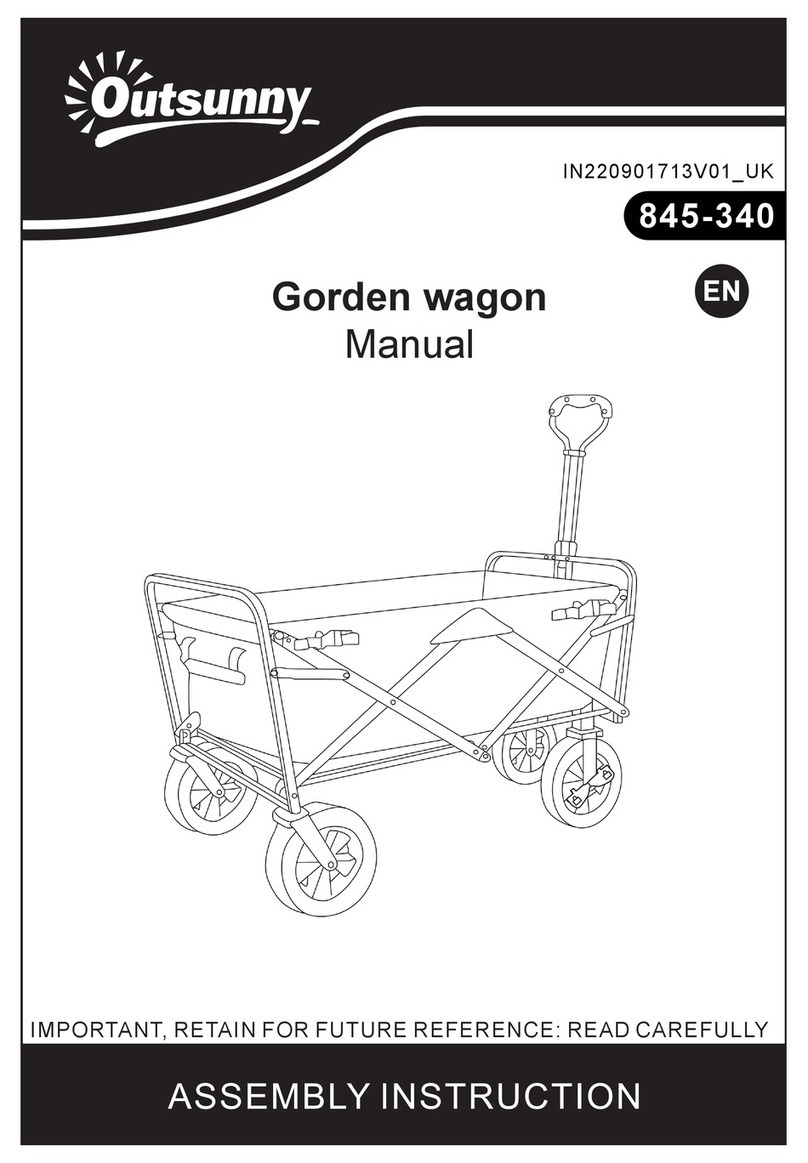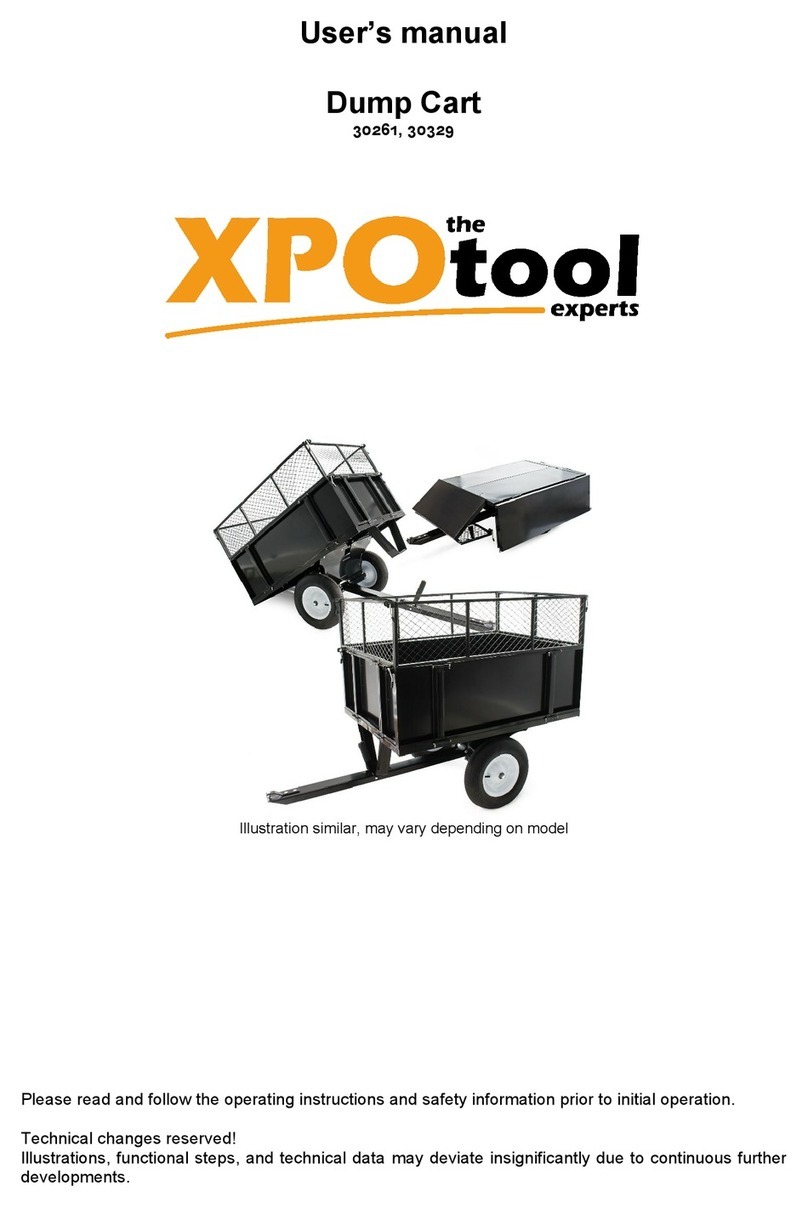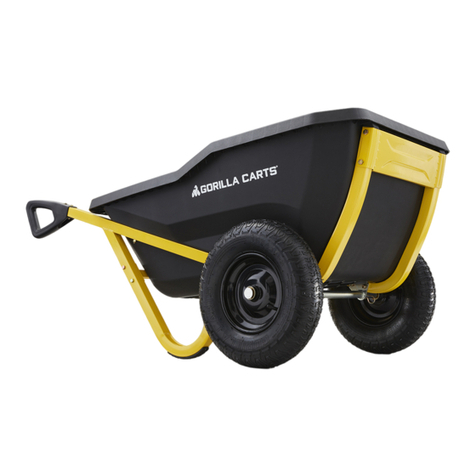
2
FOREWORD
You’ve just joined an exclusive but rapidly
growing club.
For our part, we want to welcome you to the
group and thank you for buying a Yetter product.
We hope your new Yetter implement will help you
achieve both increased productivity and
increased efficiency so that you may generate
more profit. This operator’s manual has been
designed into six major sections.
Foreword, Safety Precautions, assembly
instructions, Operation, parts identification and
troubleshooting.
It is important the owner/operator knows the
implement model number and serial number.
Write the serial and model number in the space
provided and use it in all correspondence when
referring to the implement.
Throughout the manual references may be made
to left side and right side. These terms are used
as viewed from the operator’s seat facing the
front of the tractor.
This SAFETY ALERT SYMBOL indicates
important safety messages in the
manual. When you see this symbol, be
alert to the possibility of PERSONAL INJURY
and carefully read the message that follows.
The word NOTE is used to convey information
that is out of context with the manual text. It
contains special information such as
specifications, techniques, reference information
and other information of a supplementary nature.
The word IMPORTANT is used in the text when
immediate damage will occur to the machine due
to improper technique or operation. Important will
apply to the same information as specified by
note only of an immediate and urgent nature.
It is the responsibility of the user to read the
operator’s manual and comply with the safe and
correct operating procedure and to lubricate and
maintain the product according to the
maintenance schedule in the operator’s manual.
The user is responsible for inspecting his
machine and for having parts repaired or
replaced when continued use of the product
would cause damage or excessive wear to the
other parts.
It is the user’s responsibility to deliver his
machine to the Yetter dealer who sold him the
product for service or replacement of
defective parts that are covered by the
warranty policy.
If you are unable to understand or follow the
instructions provided in the publication, consult
you local Yetter dealer or contact:
YETTER MANUFACTURING CO.
309/776-4111
800/447-5777
309/776-3222 (FAX)
Website: www.yetterco.com
WARRANTY POLICY
Yetter Manufacturing warrants all products manufactured and sold by it against defects in material. This warranty being expressly
limited to replacement at the factory of such parts or products as will appear to be defective after inspection. This warranty does
not obligate the Company to bear cost of labor in replacement of parts. It is the policy of the company to make improvements
without incurring obligations to add them to any unit already sold. No warranty is made or authorized to be made, other than
herein set forth. This warranty is in effect for one year after purchase.
Model Number:_________________________
Serial Number:_________________________
Dealer :___________________
The serial and model numbers are located on the top of the left hitch plate.
Yetter Manufacturing warrants its own products only and cannot be responsible for damage to equipment on
which mounted.
